As of 2024, the global smart TV market is booming, with significant growth expected to continue. Valued at USD 275.69 billion in 2024, the market is projected to reach USD 307.22 billion by 2029. This growth is fueled by increasing internet penetration, technological advancements, and more affordable smart TVs. For business buyers, selecting the right 42-inch smart TV is crucial to meet consumer demands and maximize sales.
Table of Contents:
– The 42 Inch Smart TV Market Overview
– In-Depth Analysis of the 42 Inch Smart TV Market
– Key Factors When Selecting a 42 Inch Smart TV for Entertainment
– Smart Features to Look for in a 42 Inch Smart TV
– Connectivity and Compatibility
– Display Quality and Performance
– Sound Quality and Audio Features
– Price Range and Budget Considerations
– Final Thoughts
The 42 Inch Smart TV Market Overview

The global market for 42-inch smart TVs is set to grow significantly. In 2024, the smart TV market was valued at USD 275.69 billion and is projected to reach USD 307.22 billion by 2029, with a compound annual growth rate (CAGR) of 2.19%. Key factors driving this growth include increasing internet penetration, rapid technological advancements, and declining prices of smart TVs. Additionally, the digital transformation of the broadcasting industry is boosting the demand for smart TVs.
A 42-inch screen size is popular among consumers for its balance between size and affordability. This segment is particularly important in emerging markets where consumers are upgrading from traditional CRT TVs to smart TVs. Market dynamics for 42-inch smart TVs are influenced by seasonal demand patterns, distribution channel preferences, and innovations in display technology.
The Asia-Pacific region is expected to see substantial growth, with countries like China and India leading the way. The rising disposable income of consumers in these regions, along with the popularity of over-the-top (OTT) platforms such as Netflix and Amazon Prime Video, is driving demand. Furthermore, the availability of affordable high-definition (HD) and ultra-high-definition (UHD) content is acting as a catalyst for market growth.
In-Depth Analysis of the 42 Inch Smart TV Market
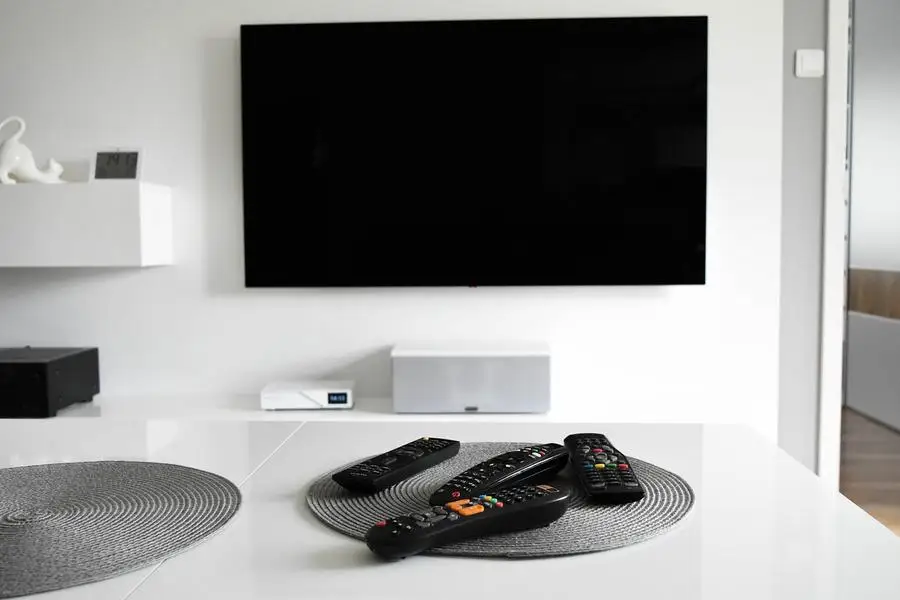
Key Performance Benchmarks and Market Share Dynamics
The 42-inch smart TV market is defined by key performance benchmarks such as resolution, panel type, and operating system. The market is dominated by 4K UHD TVs, which offer superior picture quality and have become more affordable. The 4K UHD segment is expected to grow significantly, driven by technologies like quantum dot LEDs (QLEDs) and high dynamic range (HDR).
Market share dynamics are influenced by major players like Samsung, LG, Sony, and TCL. These companies are continually innovating to maintain their competitive edge. Samsung’s QLED technology and LG’s OLED panels are setting new standards in picture quality and energy efficiency. The integration of advanced features like voice recognition, personalized recommendations, and seamless connectivity with other smart devices is enhancing the appeal of 42-inch smart TVs.
Economic Influences and Consumer Behavior Shifts
Economic factors such as rising disposable incomes and the increasing affordability of smart TVs play a crucial role in market growth. In emerging economies, consumers are opting for smart TVs due to their wide range of functionalities beyond traditional television viewing. The shift towards digital content consumption, driven by high-speed internet and OTT platforms, is also influencing consumer behavior.
Seasonal demand patterns are evident, with sales spikes during festive seasons and major sporting events. Retailers and manufacturers often offer significant discounts and promotions during these periods to boost sales. The convenience of online shopping and the availability of a wide range of options on e-commerce platforms are further driving the demand for 42-inch smart TVs.
Innovations and Product Lifecycle Stages
Recent innovations in the smart TV market include the development of AI-enhanced features and the integration of smart home ecosystems. For example, Samsung’s 2024 lineup of smart TVs includes models with AI-powered image and audio enhancements, cloud gaming capabilities, and smart yoga functionalities. These innovations aim to provide a more immersive and personalized viewing experience.
The product lifecycle of 42-inch smart TVs is marked by rapid technological advancements and frequent upgrades. Manufacturers focus on experience design and user interface improvements to differentiate their products and attract consumers. The integration of voice assistants, smart home connectivity, and platform-specific applications are some strategies being used to enhance the value proposition of 42-inch smart TVs.
In conclusion, the 42-inch smart TV market is set for robust growth driven by technological advancements, economic factors, and shifting consumer preferences. The focus on innovation and user experience is expected to propel the market forward, offering significant opportunities for businesses in the consumer electronics industry.
Key Factors When Selecting a 42 Inch Smart TV for Entertainment
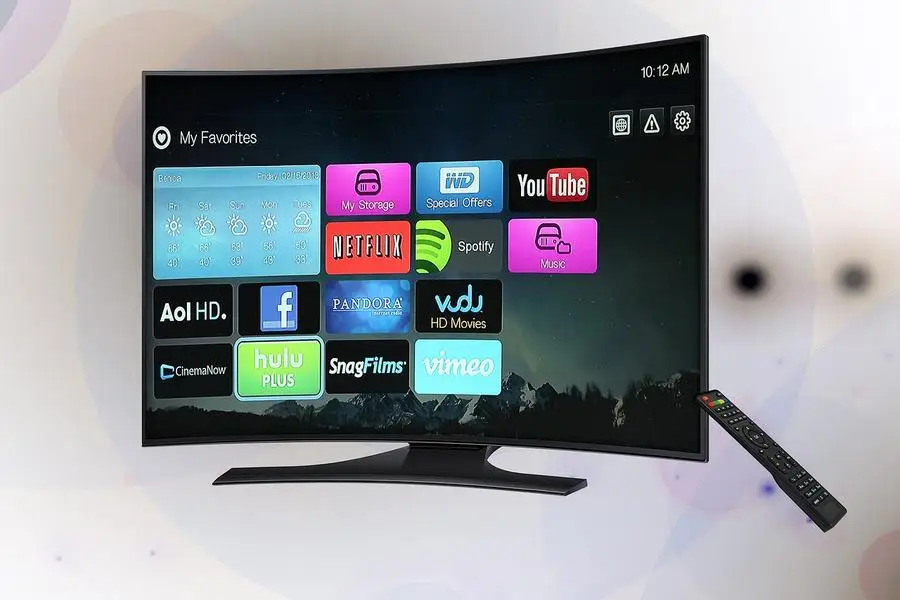
When selecting a 42-inch smart TV for entertainment, several key factors must be considered to ensure the TV meets your needs and provides the best viewing experience. These factors include display technology, connectivity options, smart features, sound quality, and price.
Display Technology
Resolution
The resolution of a TV is crucial. For a 42-inch smart TV, Full HD (1920×1080 pixels) should be the minimum resolution, but 4K Ultra HD (3840×2160 pixels) is becoming the standard. Higher resolution ensures sharper images and more detailed visuals, particularly important for larger screens.
HDR Support
High Dynamic Range (HDR) enhances the contrast and color range, providing a more vivid and lifelike picture. HDR10 and Dolby Vision are common formats. TVs with HDR support display a wider range of colors and more detail in both bright and dark scenes.
Refresh Rate
The refresh rate, measured in Hertz (Hz), indicates how often the image on the screen is refreshed per second. A higher refresh rate (e.g., 120Hz) provides smoother motion, beneficial for watching sports, action movies, and gaming. Most 42-inch smart TVs come with a standard 60Hz refresh rate, but higher refresh rates are available.
Connectivity Options
HDMI Ports
Multiple HDMI ports are essential for connecting devices such as gaming consoles, Blu-ray players, and streaming devices. At least three HDMI ports are recommended to avoid constantly swapping cables.
USB Ports
USB ports allow connection of external storage devices to play media files directly on your TV. Look for TVs with at least two USB ports for added convenience.
Wireless Connectivity
Built-in Wi-Fi is a must-have for smart TVs, enabling internet connectivity and streaming from online platforms. Bluetooth connectivity is also useful for connecting wireless headphones, soundbars, and other peripherals.
Smart Features
Operating System
The operating system (OS) determines the user interface and app availability. Popular options include Android TV, webOS, Tizen, and Roku TV. Choose one that aligns with your preferences and frequently used apps.
Voice Control
Voice control allows you to operate your TV using voice commands, making it easier to search for content, adjust settings, and control compatible smart home devices. Look for TVs with built-in voice assistants like Amazon Alexa, Google Assistant, or Apple’s Siri.
App Availability
Ensure the TV’s app store offers a wide range of streaming services and other apps you frequently use, such as Netflix, Amazon Prime Video, Disney+, Hulu, and YouTube. The availability of these apps can significantly enhance your entertainment experience.
Sound Quality
Built-in Speakers
Sound quality is important. Look for TVs with powerful built-in speakers that provide clear and immersive audio. Some TVs come with advanced sound technologies like Dolby Atmos or DTS Virtual:X for a more cinematic experience.
External Audio Support
Consider TVs with support for external audio devices, such as soundbars or home theater systems. Features like HDMI ARC (Audio Return Channel) and optical audio output make it easy to connect and control external audio equipment.
Price and Budget
Price Range
42-inch smart TVs are available at various price points, from budget-friendly options under $300 to high-end models over $1,000. Determine your budget and look for TVs that offer the best value within that range.
Warranty and After-Sales Service
Check the warranty period and the availability of after-sales service. A longer warranty and reliable customer support can provide peace of mind and protect your investment in case of issues with the TV.
Smart Features to Look for in a 42 Inch Smart TV
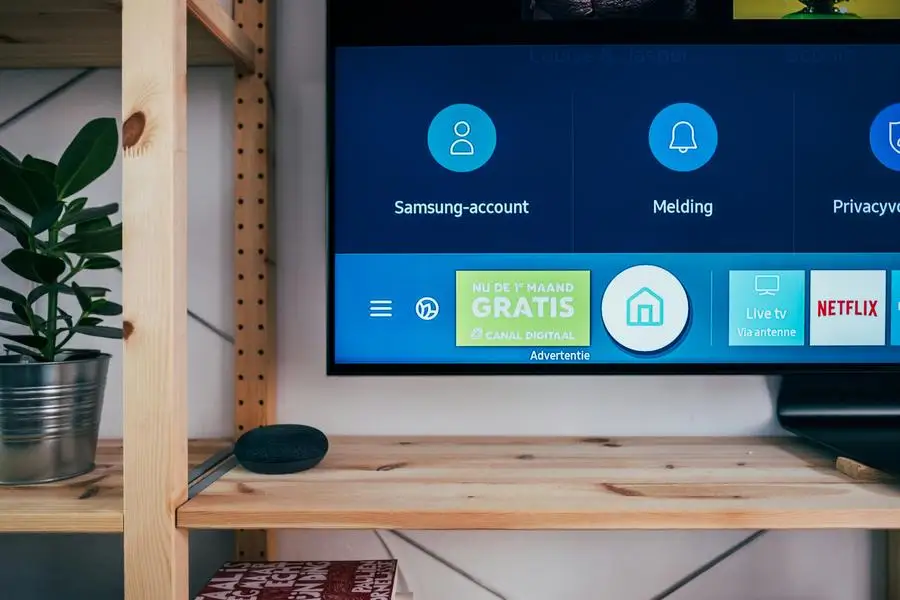
User-Friendly Interface
A user-friendly interface is essential for a seamless viewing experience. The TV’s operating system should be intuitive and easy to navigate, allowing quick access to your favorite apps and settings. Look for TVs with well-designed interfaces like Android TV, webOS, or Tizen.
Voice Control and AI Integration
Voice control and AI integration are standard features in modern smart TVs. These features allow you to control your TV using voice commands, making it easier to search for content, adjust volume, and control smart home devices. Popular voice assistants like Amazon Alexa, Google Assistant, and Apple’s Siri are commonly integrated into smart TVs.
App Ecosystem and Streaming Services
A robust app ecosystem is crucial, as it determines the availability of streaming services and other applications. Ensure the TV supports popular streaming platforms like Netflix, Amazon Prime Video, Disney+, Hulu, and YouTube. A diverse app ecosystem enhances the overall entertainment experience.
Connectivity and Compatibility
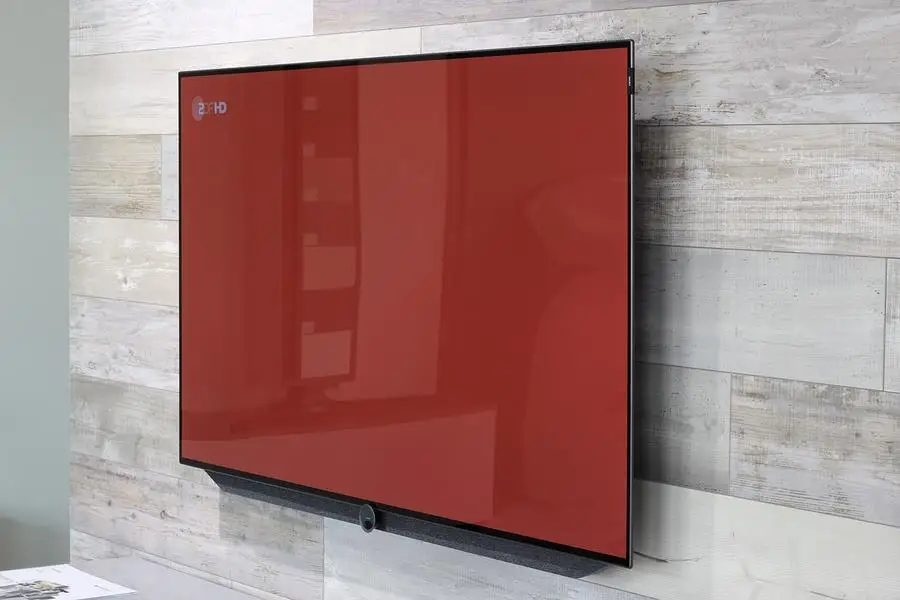
HDMI and USB Ports
Having multiple HDMI and USB ports is essential for connecting various external devices, such as gaming consoles, Blu-ray players, and external storage devices. At least three HDMI ports and two USB ports are recommended. HDMI 2.1 ports are preferable for future-proofing, as they support higher resolutions and refresh rates.
Wireless Connectivity
Built-in Wi-Fi is essential for smart TVs, enabling internet connectivity and streaming. Dual-band Wi-Fi (2.4GHz and 5GHz) provides better performance and stability, especially for high-definition streaming. Additionally, Bluetooth connectivity allows you to connect wireless peripherals like headphones, soundbars, and game controllers.
Smart Home Integration
Smart home integration is increasingly important. Look for TVs compatible with popular smart home ecosystems like Amazon Alexa, Google Home, and Apple HomeKit. This compatibility allows you to control your TV and other smart devices using a single platform.
Display Quality and Performance
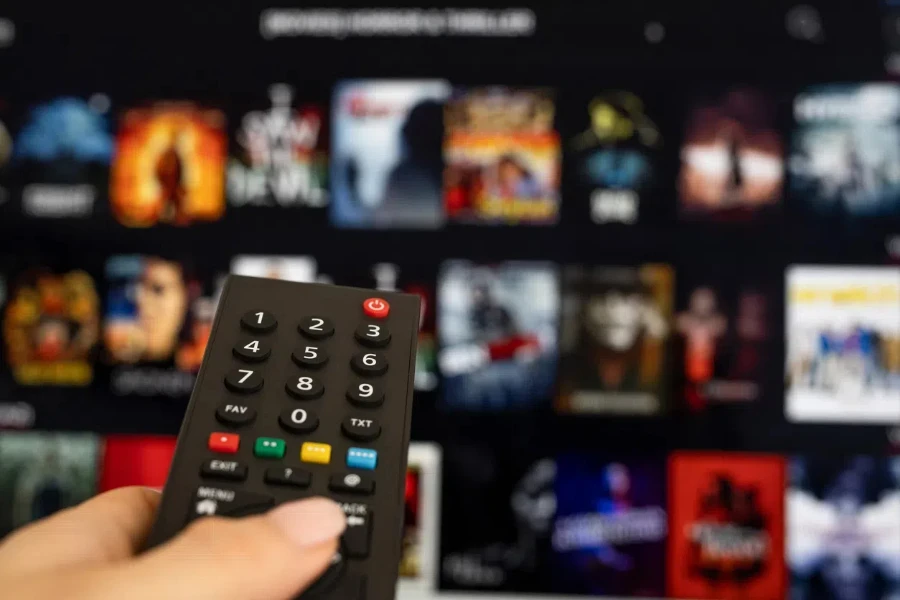
Screen Resolution
Screen resolution is critical for picture quality. For a 42-inch smart TV, Full HD (1920×1080 pixels) is the minimum resolution. However, 4K Ultra HD (3840×2160 pixels) is becoming the standard, offering sharper and more detailed images. A higher resolution is particularly beneficial for larger screens.
HDR (High Dynamic Range)
HDR enhances contrast and color range, delivering a more vivid and lifelike picture. Look for TVs that support HDR formats like HDR10, Dolby Vision, and HLG (Hybrid Log-Gamma). HDR support ensures the best possible picture quality.
Refresh Rate
The refresh rate, measured in Hertz (Hz), indicates how often the image on the screen is refreshed per second. A higher refresh rate (e.g., 120Hz) provides smoother motion, beneficial for watching sports, action movies, and gaming. While most 42-inch smart TVs come with a standard 60Hz refresh rate, models with higher refresh rates offer a better viewing experience.
Sound Quality and Audio Features

Built-in Speakers
Sound quality is important. Look for TVs with powerful built-in speakers that provide clear and immersive audio. Some TVs come with advanced sound technologies like Dolby Atmos or DTS Virtual:X. The wattage of the speakers also matters; higher wattage typically means louder and clearer sound.
External Audio Support
Consider TVs with support for external audio devices, such as soundbars or home theater systems. Features like HDMI ARC (Audio Return Channel) and optical audio output make it easy to connect and control external audio equipment. Additionally, Bluetooth connectivity allows wireless connection to external speakers and headphones.
Audio Customization
Some smart TVs offer audio customization features, allowing you to adjust sound settings to your preference. Look for TVs with built-in equalizers, sound modes (e.g., cinema, sports, music), and AI-based audio enhancements.
Price Range and Budget Considerations
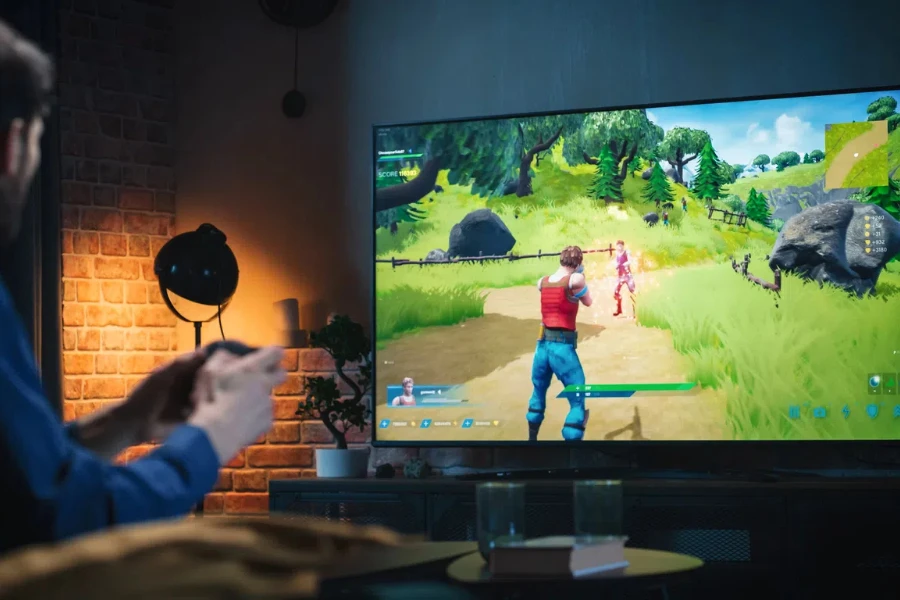
Affordable Options
42-inch smart TVs are available at various price points. Affordable options typically range from $250 to $500, offering basic smart features and decent picture quality. Brands like TCL, Hisense, and Vizio provide budget-friendly smart TVs with good performance.
Mid-Range Options
Mid-range 42-inch smart TVs, priced between $500 and $800, offer better picture quality, more advanced smart features, and improved build quality. These TVs often come with 4K resolution, HDR support, and a wider range of connectivity options. Brands like Samsung, LG, and Sony offer excellent mid-range options with a good balance of features and price.
High-End Options
High-end 42-inch smart TVs, priced above $800, offer the best picture quality, advanced smart features, and premium build quality. These TVs typically come with 4K resolution, HDR support, higher refresh rates, and superior sound quality. Brands like Sony, LG, and Samsung offer high-end models with cutting-edge technology and exceptional performance.
Warranty and After-Sales Service
When purchasing a smart TV, consider the warranty period and the availability of after-sales service. A longer warranty and reliable customer support can provide peace of mind and protect your investment in case of issues with the TV. Look for TVs that offer at least a one-year warranty, with options to extend the warranty for an additional fee.
Final Thoughts
In conclusion, selecting the right 42-inch smart TV for entertainment involves considering various factors such as display technology, connectivity options, smart features, sound quality, and budget. By carefully evaluating these factors, you can find a TV that meets your needs and provides an exceptional viewing experience.




